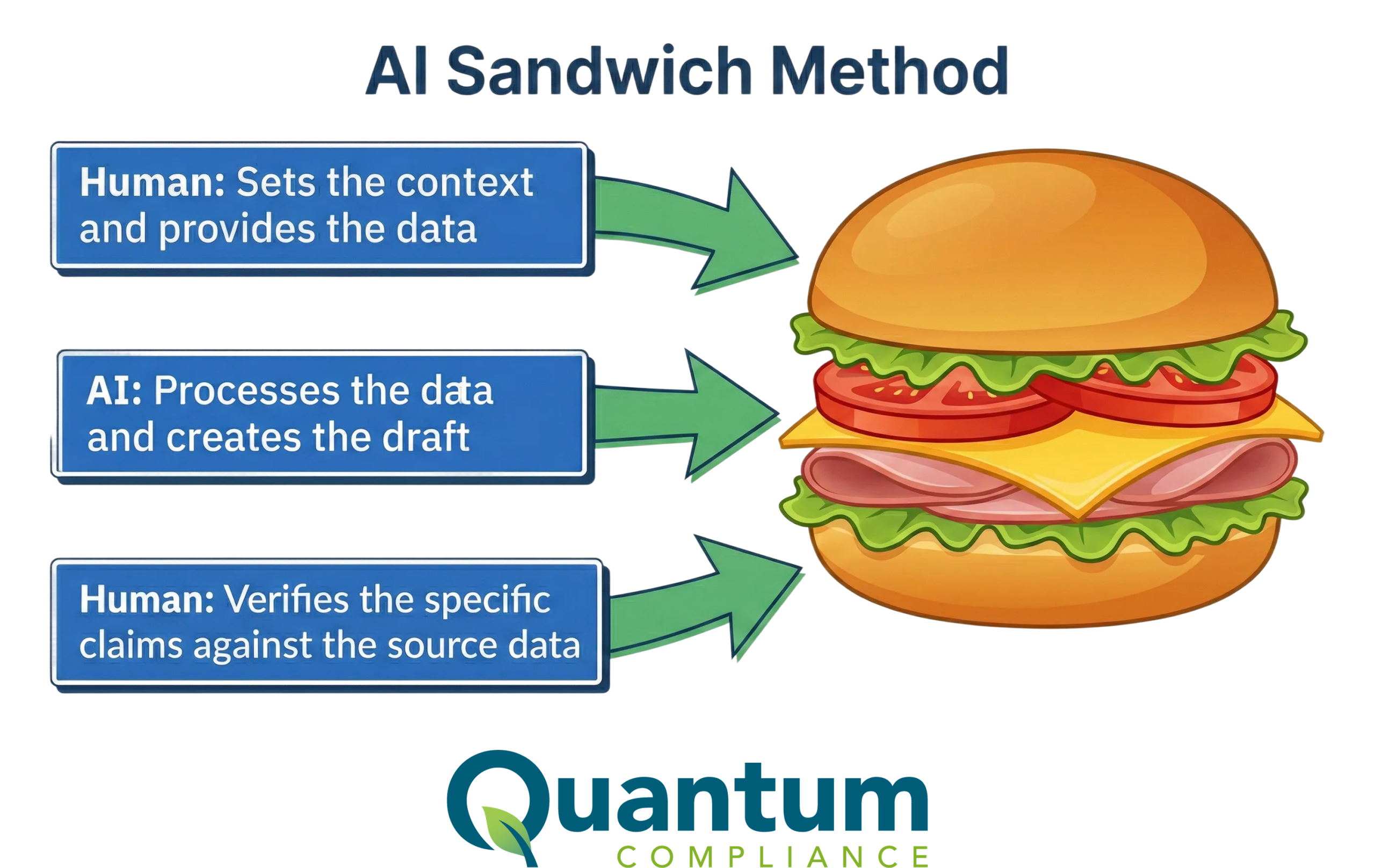OSHA published their long-awaited compliance directive “Inspection Procedures for the Hazard Communication Standard (HCS 2012)” last week. The goal of the instruction is to establish policies and procedures which ensure uniform enforcement of HCS 2012. It applies OSHA-wide, and is effective beginning July 9, 2015.
So, what does this mean? Since the Hazard Communication Standard has been revised to align with the United Nations Globally Harmonized System of Classification and Labeling of Chemicals (GHS), revised instruction is needed for compliance safety and health officers on how to enforce it. This directive sets guidelines for both the transition period and when fully implemented.
 Although the directive was published to provide standardized enforcement guidelines for Certified Safety and Health Officials (CSHO), understanding the changes is critical to avoid costly fines from regulatory citations. The directive can be broken down into the following six main points:
Although the directive was published to provide standardized enforcement guidelines for Certified Safety and Health Officials (CSHO), understanding the changes is critical to avoid costly fines from regulatory citations. The directive can be broken down into the following six main points:
SDS
The first of June marked the deadline for all MSDSs to be converted into GHS-compliant SDSs. The new SDS has 16 sections consistent across all countries that adopted the GHS standard developed by the United Nations. Having easily accessible SDSs is required, so implementing an efficient SDS management plan is recommended. Electronic management is allowed, however, the directive prohibits the use of Internet search engines to view/obtain SDS. According to the directive, “The employer must not require employees to perform an Internet search (e.g. Google, Yahoo) to view /obtain the SDS. The employer may make the SDS available to employees on a company website or contract with an off-site/web-based SDS service provider.”
Labels
Although GHS was developed by the United Nations to create a multinational standard, updates and revisions have been made since the conception. HazCom 2012 is aligned with Revision 3, so CSHO will be basing their inspections off of Revision 3.Follow GHS Revision 3, with the OSHA Additions from HazCom 2012 Appendix A, to make sure you are in compliance with HazCom 2012. All labels must include product identifiers, signal words, hazard statements, precautionary statements, and pictograms. These labels must be able to be clearly read without aid.
Training
Employers were required to provide comprehensive training of GHS standards to employees by December 1 2013. CSHOs will evaluate training procedures by conducting employee interviews to gauge understanding.
Showing Good Faith
In cases where upstream suppliers are not able to provide their SDSs, downstream manufactures must show documented attempts for gathering updated SDS information from upstream suppliers or alternate sources. It is up to each individual CSHO on the effort made to show “good faith”, so it is best to document in detail the efforts made to show “good faith”.
Documented Hazard Communication Plan
A written communication plan that describes the specifics of hazardous chemicals in the workplace including safety data sheets (SDS), labels, and training are required. The plan must address points such as:
- How employees access SDS
- Description of labeling approach
- Description of employee training on Hazard Communication
List of On-Site Chemical Inventory
Every hazardous chemical present in a workplace must be documented on an inventory list. CSHOs will verify whether hazardous chemicals can be cross-referenced from the product identifier to the chemical inventory list. GHS has new standards for chemical classifications so employers must make sure they keep their chemicals updated to GHS regulations.
The Instruction also includes a glossary of terms, and specific details are found in the appendices. Here are some of note:
- Appendix A – Health hazard criteria
- Appendix B – Physical hazard criteria
- Appendix C – Carcinogenicity evaluation
- Appendix E – HCS effective dates
- Appendix F – Pictograms and hazards
- Appendix H – SDS compliance
It is important to note that this Instruction affects state health and safety organizations. States may develop their own policies and procedures, but they must be equal to or more effective than those set out by OSHA.








